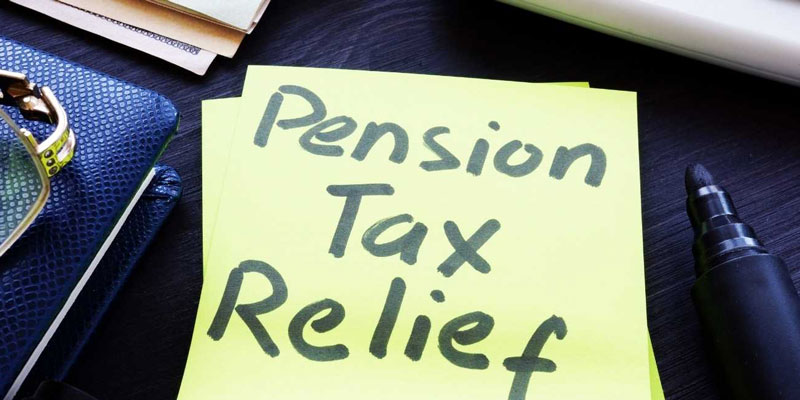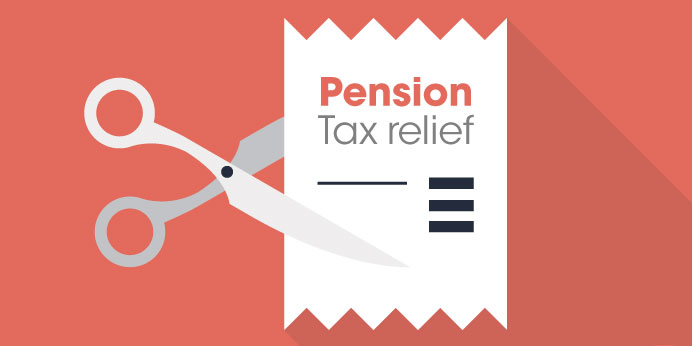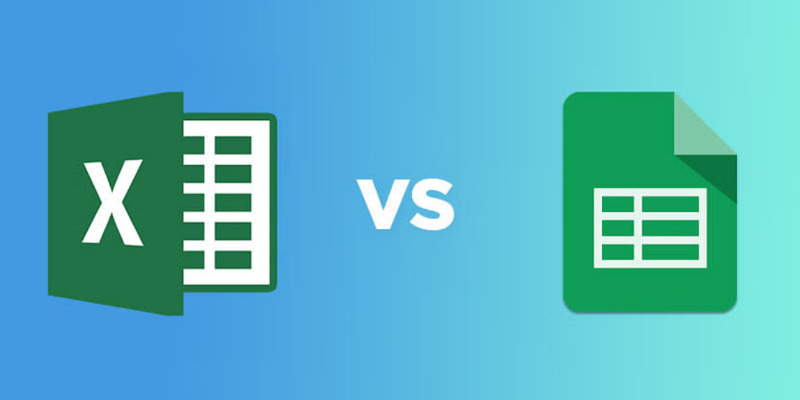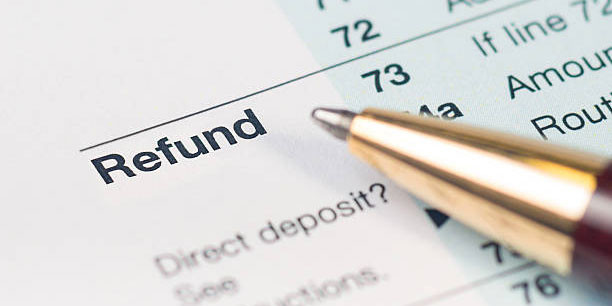The government matches a portion of what you put into your pension. As a result of tax relief, part of the money you've paid in taxes will instead be deposited into your pension fund. Without a pension, you'll lose out on a significant sum of money.
Since the money you put into an IRA is taxed as income when you earn it, this tax is refunded to you in the form of an increase in your retirement account balance.

What's Involved in the Process
Say you wish to contribute £100 to your retirement account. To put it another way, you had to pay £20 in income tax when you earned that £100. To put it another way, if you're contributing £100 to your pension, you'll be contributing £80 since the government will kick in the additional £20 in income tax.
Tax reduction of 40% is available to higher-rate taxpayers (be aware that this rate is for England, Wales, and Northern Ireland, as Scotland sets its income tax rates and thresholds). Tax relief may only be paid at the basic rate into your pension, and you may have to claim back the difference on your self-assessment tax return in this situation.
What are The Main Pension Schemes?

There are a wide variety of pension plans to choose from. Unlike workplace pensions, which companies set up, an individual's pension plan can be established through a pension provider. A workplace pension plan is now mandated by law for all employers, enrolling all eligible employees immediately.
Planned Contribution Models
Occupational pension plans allow employees to construct a pension fund with the help of their company, which they may then access when they retire. Only the employee, who will ultimately reap the advantages of the fund's development, is responsible for any investment risks.
Definition-of-Income plans
Employers pledge to pay an employee a certain pension amount when they retire through an occupational pension plan. Workers who have worked for their firm for a lengthy period and earned high wages during that time are eligible for a pension (normally the level in the final years before retiring or leaving the scheme).
The Pension Contribution Annual Allowance (AA)
If your net income after pension contributions is less than £200,000, you can contribute up to the annual allowed maximum of £40,000 to your pension funds without incurring an income tax charge.
Amounts exceeding the £240,000 level for adjusted income (net income + personal contributions and employer pension contributions) will be tapered at a rate of $1 for every $2 of adjusted income beyond that threshold. If your adjusted gross income is higher above £312,000, you'll have your AA reduced to the minimum of £4,000.
Yearly Allotment for Money Purchase (MPAA)
You must have taken money out of a defined contribution or money purchase pension to qualify for the yearly allowance. Exceptions to this rule include withdrawals from defined benefit plans and tax-free lump amounts of up to 25%.
The End-of-Life Benefit
For the 2021/22 fiscal year, the lifetime allowance (LTA) has been fixed at £1,073,100 and is now locked through April 2026. To avoid paying taxes on the excess of your pension funds, you may have to access them or otherwise experience a "Benefits Crystallization Event," which is when your pension benefits are taxed.
The LTA charge can be larger than Income Tax rates since it aims to recoup the tax reduction granted at source on contributions for the period and the relief the pension fund has received on its investment profits.
Transferring Pension Savings
A favorable tax structure is in place in the United Kingdom when it comes to passing on your pension funds in the event of your death. In general, a decedent's letter of wishes or nomination form can be used to transfer pension funds to a beneficiary free of inheritance tax.
How to Pay Tax Relief
Depending on how much you're contributing to a workplace pension, you might receive a tax credit from the government in various ways. Having a firm grasp of the workings of your company's system is an asset.
Relieved at the Source
Taxes and National Insurance are taken from your income, and 80 percent of the pension contributions you have agreed to make are deducted and paid into your pension. Tax reduction at the basic rate is added to your contributions by the pension provider (the other 20 percent).
Net Pay System
Pension contributions are deducted before taxes, or the employee pays social security premiums. As a result, you end up paying less in taxes altogether, and that's how you get your tax break.
Benefits include tax reduction at the same rate you pay, which is a win-win situation for everyone involved. To put it another way, you'll get a greater rate of tax relief from HMRC without having to file a claim with them.



